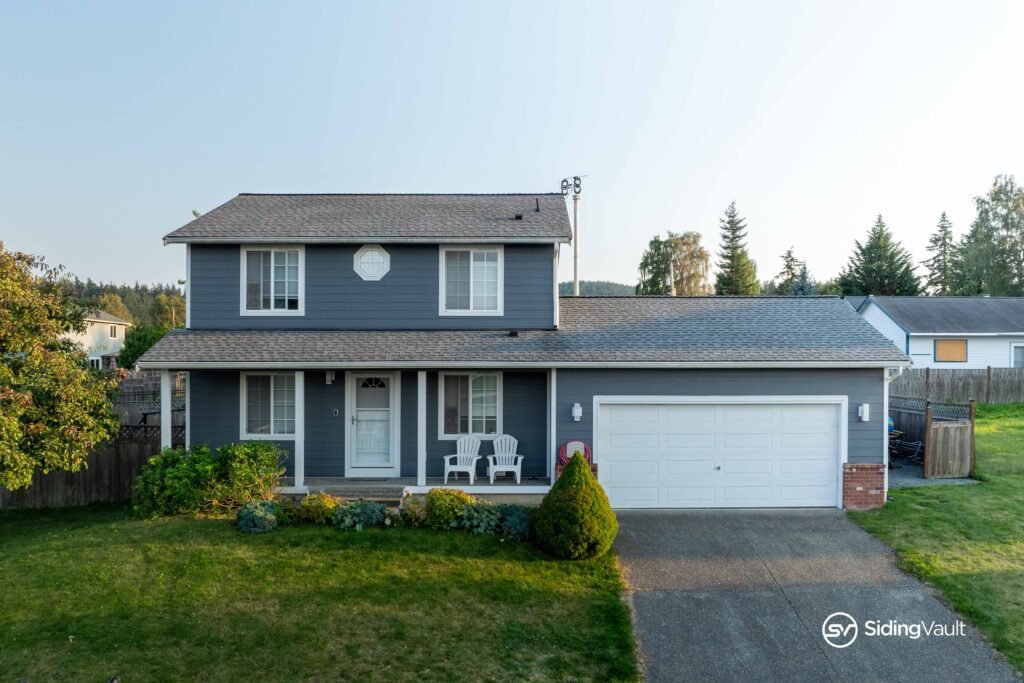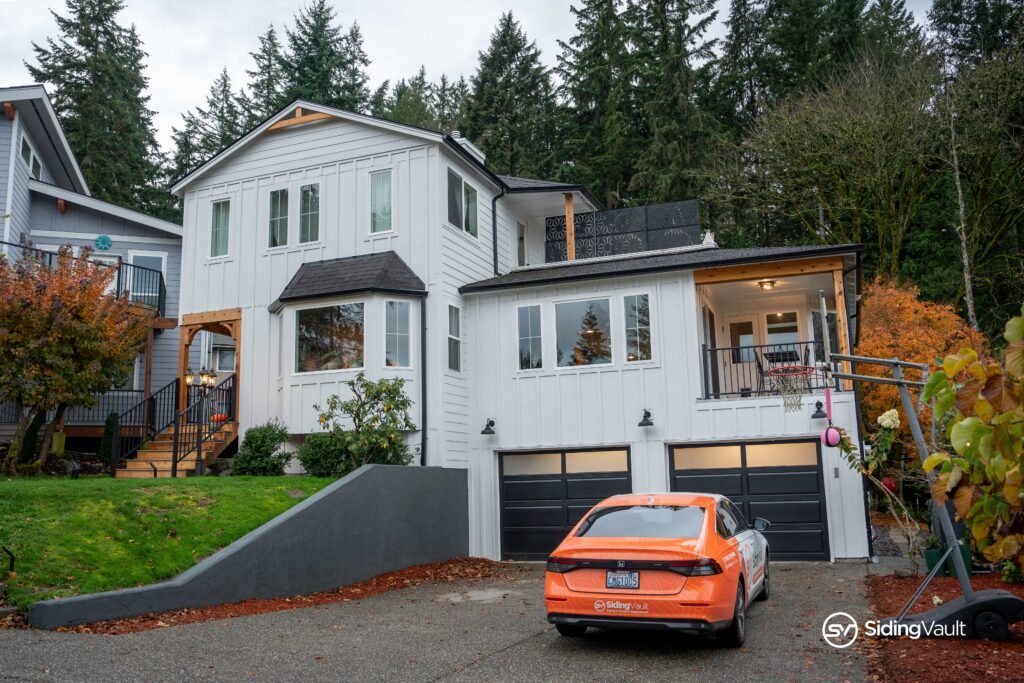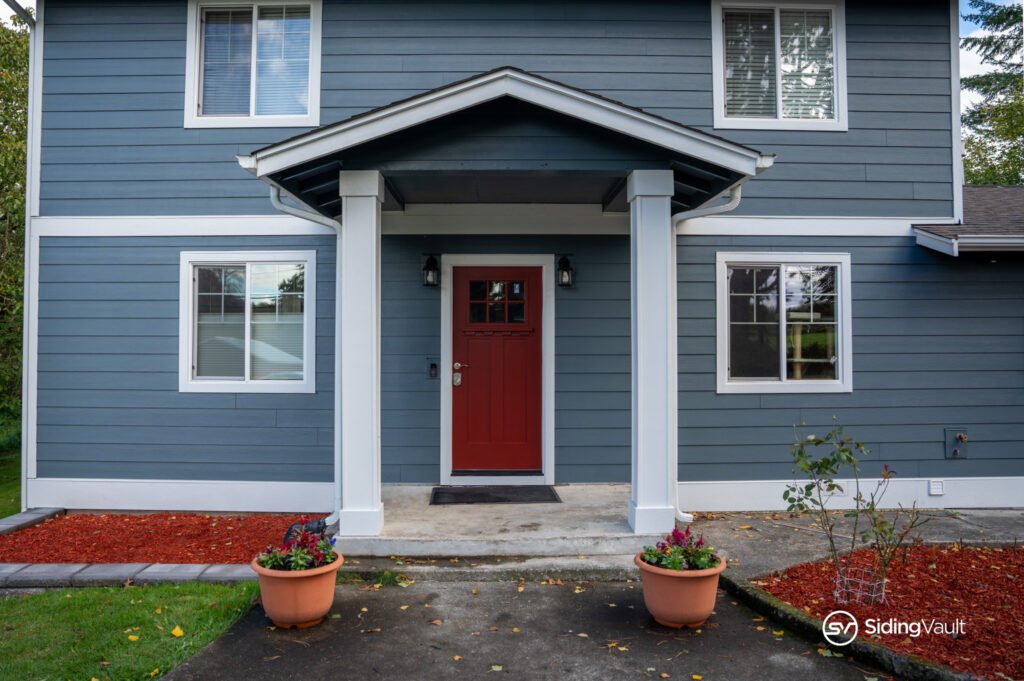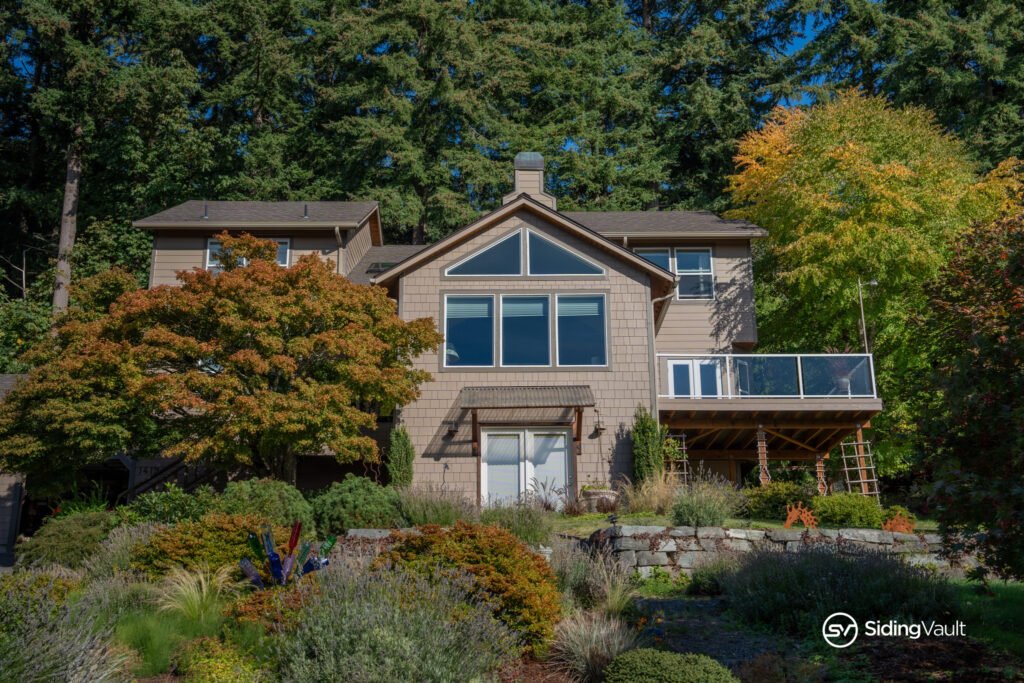Your #1 Home Improvement Experts
Arlington's Trusted and Local Siding Contractor.
Siding Vault is a Arlington siding contractor that provides popular siding materials and professional installation. Driven by a highly skilled and experienced crew in Arlington, our goal is to provide superior craftsmanship and trusted, professional service to every customer.
Service: Siding Vault is known for their niche siding replacement expertse. Siding Vault is partnered with James Hardie through their Contractor Alliance program, and is a James Hardie Preferred® contractor.
Experience: Our crew is very experienced in both residential and commercial siding installation; with some of our legacy members having over a decade of experience!
Warranties: 30-year limited warranty on Hardie Products. 15-year finish warranty on James Hardie pre-finished products, such as ColorPlus Technology®. Request more information to view our latest warranties on other products.
Reviews: Move forward with zero hesitation, view Siding Vault’s extensive positive review presence online. Give James Hardie a call, and ask about Siding Vault!
Locally Operated: Locally owned and operated, here in Ferndale and Bellingham Washington.
Your Preferred Siding Contractor in Arlington.
Pre-Painted Siding in Arlington -
ColorPlus Technology.
Recent Projects


Window Replacement Contractor in Arlington.
About Arlington
Located in the verdant landscapes of Snohomish County, Arlington, Washington, unfolds its history as a testament to the resilience, innovation, and community spirit that have shaped this idyllic city. From its indigenous roots to the thriving urban center of today, Arlington’s story is woven into the fabric of the Pacific Northwest.
Long before the arrival of European settlers, the region that is now Arlington was home to indigenous peoples with deep connections to the land. The Stillaguamish Tribe, part of the Coast Salish people, inhabited the area for generations. Their lives were intricately intertwined with the natural rhythms of the Stillaguamish River, whose fertile valleys provided sustenance and a sense of place. The archaeological remnants of their presence, including tools and artifacts, offer glimpses into the ancient roots of Arlington.
The mid-19th century marked the era of European exploration and settlement in the Pacific Northwest. The Puget Sound Agricultural Company, a venture backed by the Hudson’s Bay Company, established a trading post in the vicinity of present-day Arlington. This early European presence laid the foundation for interactions with indigenous communities and set the stage for the transformation of the region.
The establishment of Arlington, WA as a distinct community traces its roots to the arrival of American pioneers in the 1860s. Among these early settlers was Maria G. Barce, who staked a claim to a portion of land that would later become the heart of Arlington. The city’s nomenclature pays homage to the ancestral home of George Washington Parke Custis, the adopted grandson of George Washington, reflecting the aspirations of the pioneers for a community that echoed the principles of the nation’s first president.
The completion of the transcontinental Northern Pacific Railway in the late 1880s proved transformative for Arlington, Washington. The railway connected the city to larger economic networks, facilitating the transport of goods and people. Arlington, with its strategic location, emerged as a hub for timber and agriculture. The railway’s arrival marked a period of economic growth, attracting settlers drawn by the promise of opportunity in the fertile valleys surrounding the Stillaguamish River.
The logging industry played a pivotal role in shaping Arlington’s early economy. The dense forests of the Pacific Northwest provided abundant timber resources, and logging camps sprouted in the surrounding areas. Arlington became a bustling center for logging operations, with sawmills and timber-related industries dotting the landscape. The timber boom not only fueled economic prosperity but also left an indelible mark on the city’s character.
The economic landscape of Arlington diversified in the early 20th century with the emergence of agriculture as a significant force. The fertile soil of the Stillaguamish Valley proved ideal for farming, and the cultivation of crops such as strawberries and dairy farming became prominent. The Arlington Cooperative Creamery, established in 1905, exemplifies the agricultural heritage of the city. The creamery became a cooperative venture for local dairy farmers, symbolizing the collaborative spirit that defined Arlington’s early community.
The devastating impact of the Great Depression in the 1930s affected communities across the nation, and Arlington was no exception. The economic downturn led to the closure of businesses, unemployment, and hardship for many residents. However, the resilience of the community shone through as New Deal programs, including the Civilian Conservation Corps (CCC) and the Works Progress Administration (WPA), initiated projects that provided employment and improved infrastructure. The Stillaguamish River and Haller Bridge State Parks are enduring legacies of these efforts, offering recreational spaces that continue to enrich the lives of Arlington residents.
World War II brought both challenges and opportunities for Arlington, WA. The war effort led to an increased demand for timber, revitalizing the logging industry. The Arlington Plywood Plant, established in 1950, became a key player in the post-war economic boom, contributing to the city’s growth. The aerospace industry also made its mark on Arlington during this period, with companies like Boeing establishing a presence in the region.
The latter half of the 20th century witnessed significant changes in Arlington’s demographics and economy. The city transformed from a small agricultural and logging community into a suburban and commuter-oriented hub. The expansion of highways and improved transportation networks facilitated the influx of residents seeking a balance between rural charm and urban amenities.
Arlington’s commitment to education is exemplified by the establishment of the Arlington School District in 1884. The city’s schools have played a crucial role in shaping the lives of generations of residents. Arlington High School, with its proud history and community support, stands as a symbol of the city’s dedication to providing quality education.
The tragic event of the Oso landslide in 2014 left an indelible mark on Arlington’s recent history. The landslide, which occurred in the nearby community of Oso, brought devastation and loss to the region. Arlington, in the aftermath, became a focal point for rescue and recovery efforts. The community rallied together, demonstrating resilience and compassion in the face of adversity.
Arlington’s commitment to preserving its historical heritage is evident in the downtown area, where the North Olympic Avenue Historic District showcases well-preserved buildings from the early 20th century. The district, listed on the National Register of Historic Places, captures the architectural essence of Arlington’s growth years and serves as a reminder of the city’s enduring character.
The Stillaguamish Valley Pioneer Museum, founded in 1971, stands as a treasure trove of artifacts, documents, and exhibits that tell the story of Arlington’s past. The museum, run by the Stillaguamish Valley Pioneer Association, provides a space for residents and visitors to immerse themselves in the city’s history, fostering a connection to the pioneers who shaped Arlington.
Arlington, Washington, unfolds its history as a tapestry woven with threads of resilience, community spirit, and economic evolution. From its indigenous roots to the logging and agricultural eras, from the challenges of the Great Depression to the suburban transformation of the latter 20th century, Arlington’s journey reflects the dynamic nature of the Pacific Northwest. As the city continues to embrace the future, it does so with an understanding of the historical currents that have shaped its identity, ensuring that Arlington remains a vibrant community with deep roots in its past.
Recent Blog Posts

October 25, 2024 by Michael in James Hardie Colors
Statement VS Dream Collection
Curious as to what the differences are between James Hardie’s Statement Collection and Dream Collection colors are? Siding Vault will help break it down for you.

March 27, 2024 by Michael in Fiber Cement Siding
How to Wash Your Fiber Cement Siding
Protect yourself from pre-mature siding failure by learning how to wash your fiber cement siding. A short guide by Siding Vault.

February 20, 2024 by Michael in Fiber Cement Siding
Best Siding for the PNW
Hear what PNW residents have to say about their favorite siding. With a plethora of siding options, Siding Vault is here to guide your decision.


